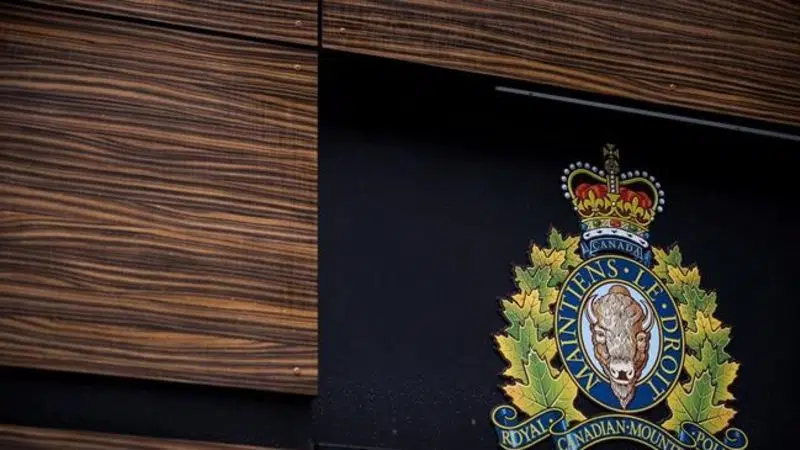
RCMP not fully prepared for active shooters five years after Moncton: auditor
OTTAWA — The RCMP isn’t sure that all its officers have access to the rifles and body armour they need to respond to an active shooter, almost five years after three Mounties were gunned down in New Brunswick, Canada’s auditor general has found.
In a report released Tuesday, interim auditor Sylvain Ricard said the national police force has mismanaged the purchase, distribution and ongoing maintenance of semi-automatic rifles known as carbines.
In June 2014, a heavily armed assailant in Moncton, N.B., killed three Mounties and wounded two others. The RCMP had about 1,500 high-powered carbines nationwide at the time but officers in the Moncton detachment had not been trained to use them.



